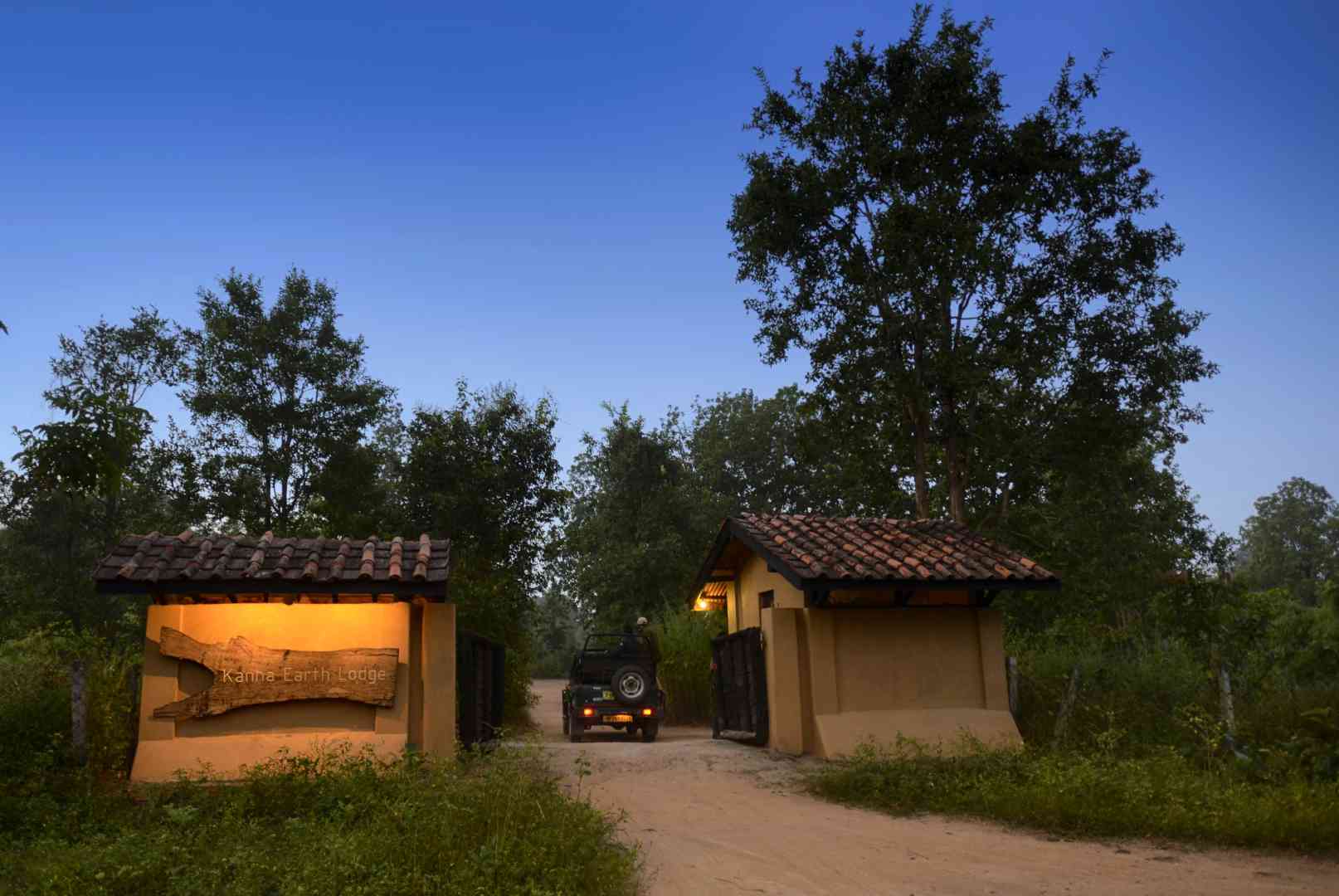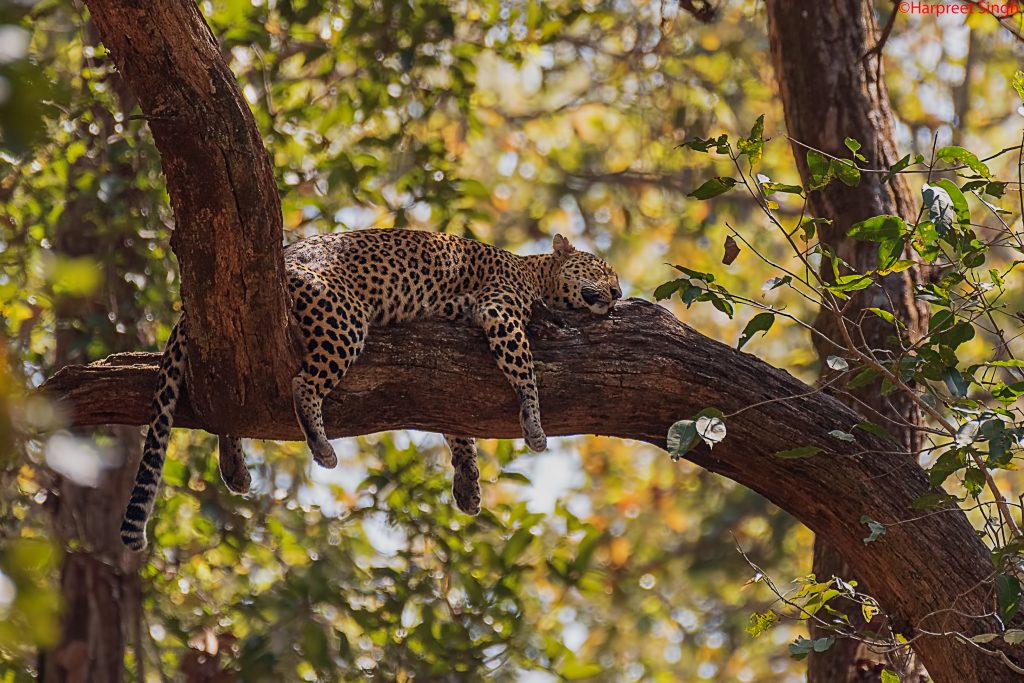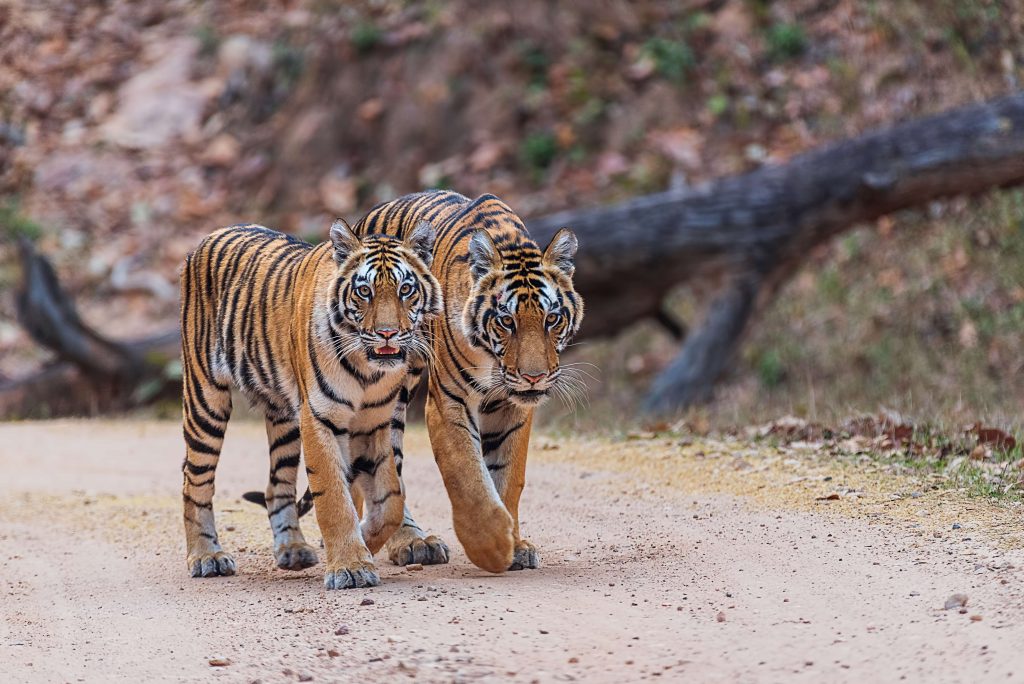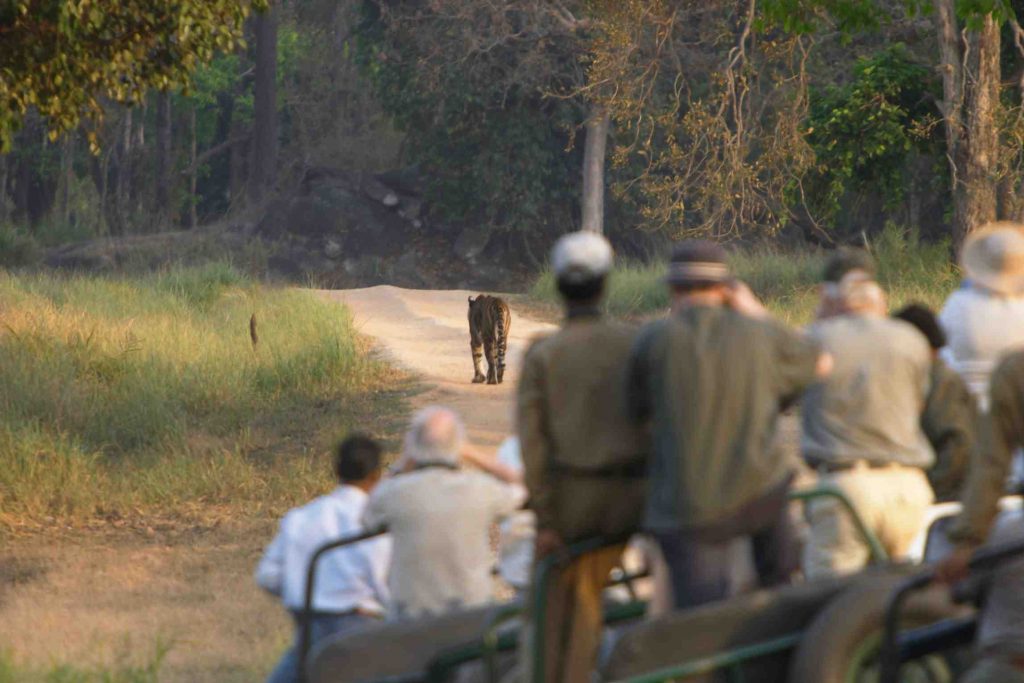Out of the total geographical area of protected area of Kanha National Park, only 20 % is declared available for the eco-tourism which ensure the minimal disturbance to the biodiversity and sustainable recreational wilderness space for the visitors intended to visit the protected area with varied range of interests.
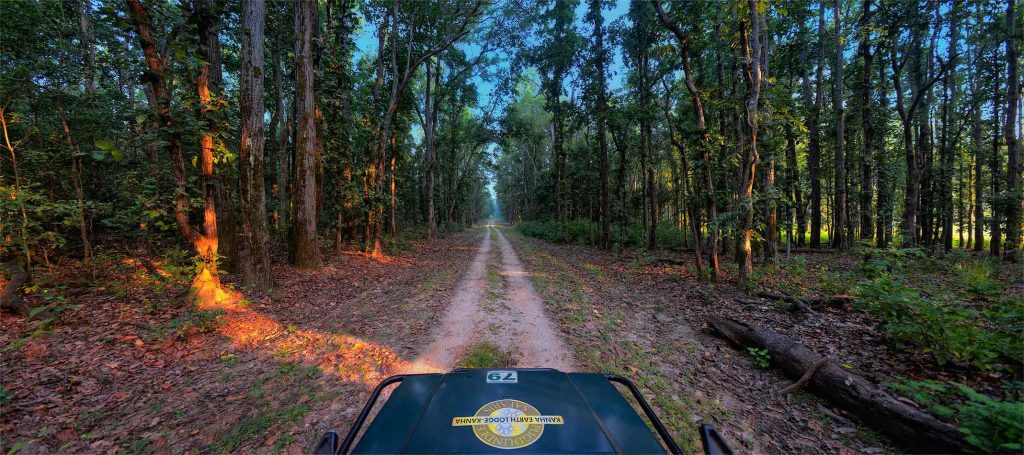
Accessibility, Entry Gates and Zones of Kanha National Park
There are total of six ranges, four zones and one micro satellite core ( Phen Wildlife Sanctuary) which serves as critical tiger habitat. Morning, evening safaris are conducted in four out of six zones , full day safari is a zone free safari in four core zones with some extra privileges over time restricted safaris .Buffer zones safaris are conducted thrice a day that is morning , evening and night.
No night safaris are conducted in any of the core zone. Safari schedule varies seasonally and mainly dependent on sunrise and sunset timings. While booking a safari its always advisable to go to a recognized partner and get safari consultation.
One can access the protected area from any one of three gates as mentioned in the table:
| Entry gate | Zone (Core) | Zone (Buffer) | Distance of the entry gates from Kanha Earth lodge in kms |
| Khatiya | Kanha,Kisli, Mukki and Sarhi | Khatiya | 10 km |
| Mukki | Kanha, Kisli and Mukki | Mukki/khapa | 40 km |
| Sarhi | Kanha, Kisli and Sarhi | Sijhora | 69 km |
| Phen | Phen Wildlife Sanctuary | 107 km |
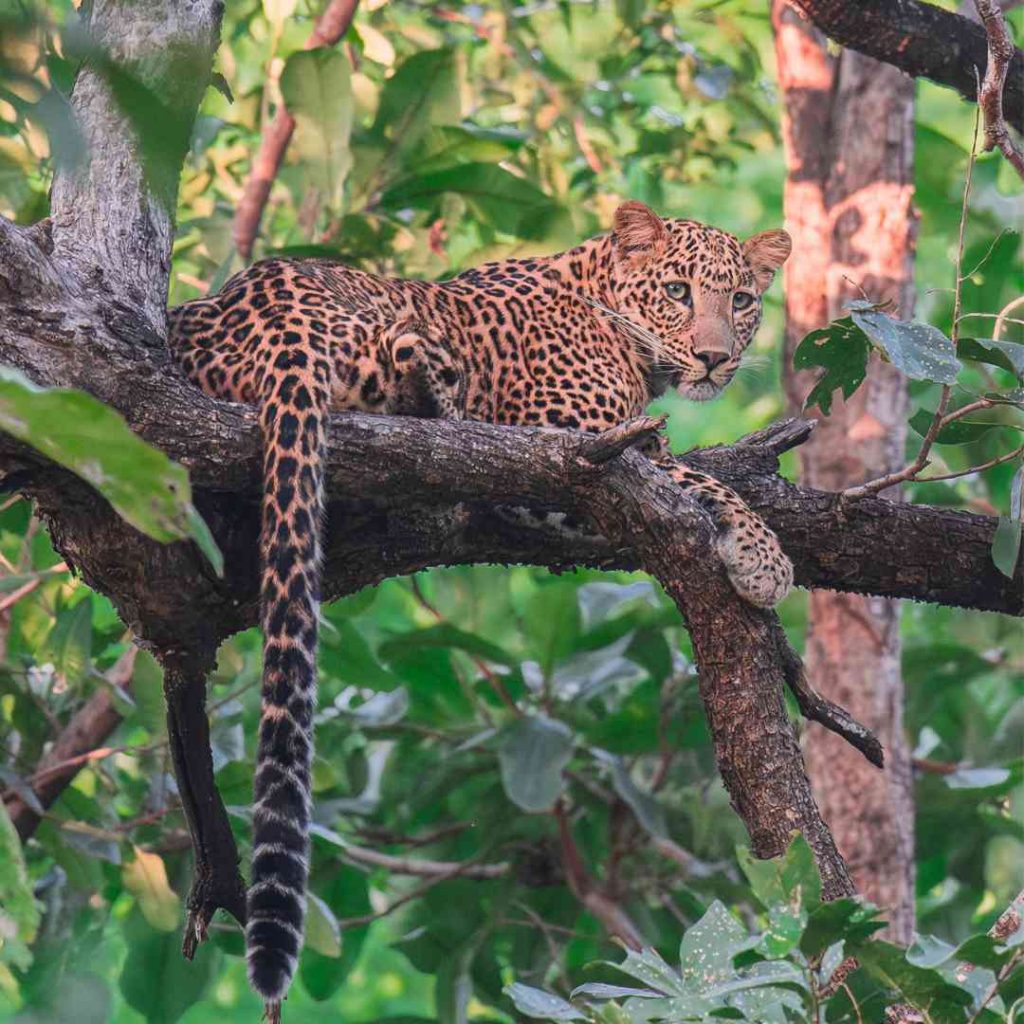
Salient Features and Advantages in Selecting Gates and Zones
- Out of all gates, Khatia gate provides the advantage of accessibility of all four core area zones and 1 buffer zone (khatia) . After entering through Khatia gate irrespective of the fact which zone one is allocated to us, we always gets Kisli zone as complementary as we have to pass through this zones before we reach to any other three zones.
- All four zones are distinct biogeographically from each other. Species composition, abundance and densities vary for mammals, birds and flora. Interestingly seasonal changes are much contrasting and forest phenology appears to be different in summers, monsoons and winters.
- Kanha zone of core provides an opportunities to visit the audio visual interpretation centre situated at central facility centre, it also provides you to look deeper in several biological aspects of forest of Kanha and major species of Kanha tiger reserve. Forest department has maintained a collection of literature, biological samples, skeletons/scats/pellets/pugmarks of major species as preserved in there intact condition.
Such museums play a significant role in understanding the ecosystem and hence must visit places. Apart from central point one can enjoy the beautiful landscapes and vistas of grasslands , historical place like Sharavan taal, scientifically important Schaller hide, bison road etc. One can also learn the ways of conserving grasslands and cultivation of selective grass species which is important for swamp deer. Sloth beer is one of the mammalian species which may be seen while looking for tigers. This zones supports good population of hard ground barasingha , chital, and sambar deer contributing to the prey – predators dynamic. - Sarhi zone in contrasting side has an advantage of witnessing the forest with less disturbances as this zone has less road connectivity. Floral diversity of this zone comprises mainly bamboo, mix- broadleaf tress species and plateaus graaslands which supports the charismatic Indian gaur, nilgai and chausinga. Tigers and other co-predators can also be seen here. While taking the route to this zone one covers almost 10 km in kisli zone and same while returning to exit gate so biggest advantage seems to be enjoying two zones in on single tickets.
- Kisli zone is more dense and supports diverse species composition for both flora and fauna. Hilly terrains gives us an opportunity to observe the tree species like Indian ghost tree, Indian satin wood tree etc . Among fauna we always have a good chance to encounter common leopard as one of the most elusive large predator of Kanha. Laces like rajakachar, indri and karai ghati has an good records of tiger sightings as well. Kisli zones is also considered as one of the best zone for forest dwelling birds species and has been acknowledged by many of the forest officers and ornithologist.
- Mukki zone is among one of the favourite zones of many of tourist as this zone has an advantage of interlinked road web and few of the tiger occupying small territory and home rages are frequently seen in this zone. Another factor contributing to the beauty of this zone is abundant water bodies which supports large number of migratory birds and off course tiger in summer season. Large herds of swamp deer can also be easily seen in the swamp areas of this zone.
- Park remains close during monsoons and no safaris are conducted in the critical tiger habitat (Core Zone), however buffer safaris remains open in all three zones during the time when rest of the area is inaccessible.
Also Read: Why Book a Full Day Safari in Kanha National Park
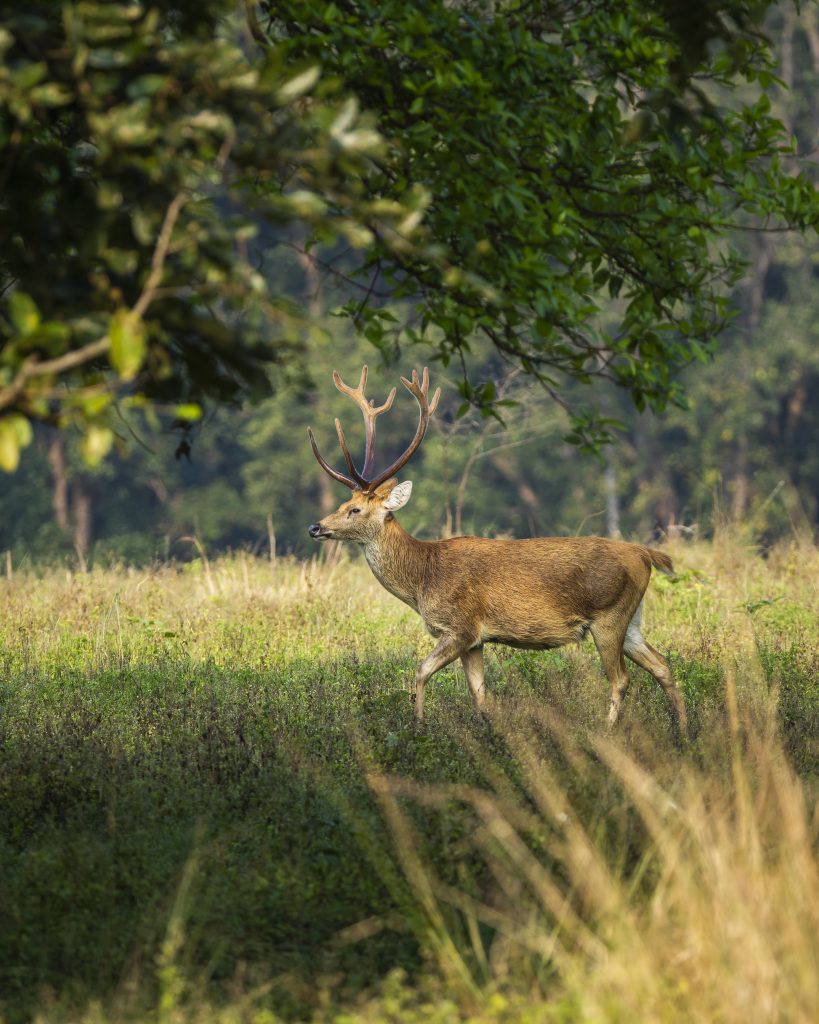
Authored by Shashank & the in-house Naturalist Team at Kanha Earth Lodge, the Best Resort in Kanha National Park, with close to 5 years of experience living in Kanha and in-depth knowledge of the park and its surroundings.

